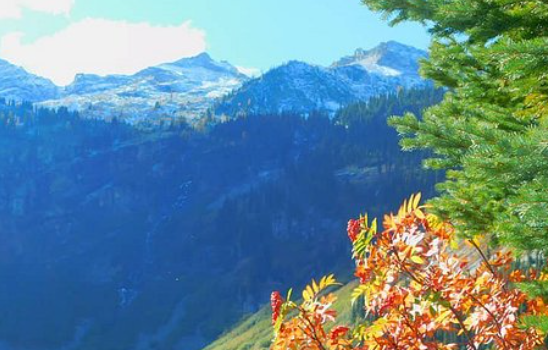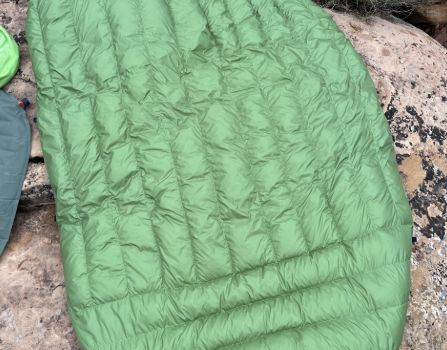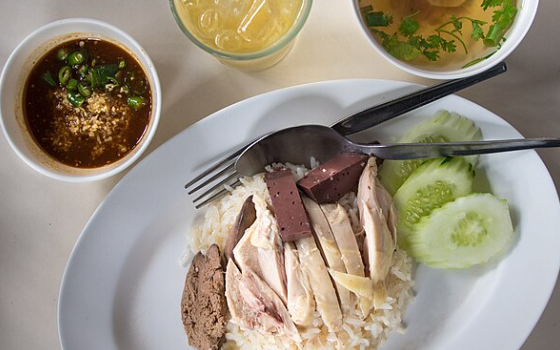
Starting January 8, 2025, travellers from visa-exempt countries, including Malaysians, will need to obtain an Electronic Travel Authorisation (ETA) to visit the United Kingdom. This digital travel document is part of the UK’s initiative to enhance border security while streamlining the entry process for visitors. Here’s a comprehensive guide to help you navigate the new system and ensure a smooth trip.
What Is the UK ETA?
The UK Electronic Travel Authorisation (ETA) is a digital visa waiver that allows eligible visitors to travel to the UK for short-term stays such as tourism, business, or transit. Similar to other systems like the US ESTA or Australia’s eVisitor program, the ETA will be required for those visiting the UK from visa-exempt countries. It is not a substitute for traditional visas for longer stays or work permits.
Key Details of the ETA
- Cost: The ETA will cost £10 (approximately RM56.70). This affordable fee helps fund the digital system’s development.
- Validity: The ETA is valid for up to two years or until your passport expires, whichever comes first. It permits multiple entries, with each stay not exceeding six months.
- Application Process: The ETA application process for Malaysian travellers opens on November 27, 2024. You can apply via the UK government website or the official UK ETA mobile app. It requires basic personal information, travel plans, and payment. Processing is typically fast, but applying well in advance is recommended.
Why Is the ETA Being Introduced?
The UK’s introduction of the ETA aims to modernise its border controls and align with international standards. The goals include:
- Pre-screening travellers: Vetting travellers before they arrive helps minimise security risks.
- Streamlining entry: The digital system speeds up entry processing at airports and other ports of entry.
- Adapting to global trends: The ETA aligns with similar systems like the EU’s upcoming ETIAS, creating a consistent experience for travellers across major destinations.
Who Needs the ETA?
The ETA is required for travellers from visa-exempt countries visiting the UK for:
- Tourism: Sightseeing, cultural experiences, or leisure activities.
- Business: Attending meetings, conferences, or trade events.
- Short-term study: Courses lasting six months or less.
- Transit: Passing through the UK en route to another destination.
Children and dependents will also need their own ETA. However, if you already hold a valid visa or residence permit for the UK, you do not need to apply for an ETA.
How to Apply for the ETA
Applying for the ETA is a straightforward, digital process:
- Visit the official website or download the UK ETA app.
- Create an account using a valid email address.
- Fill out the application form, including personal details, passport information, travel dates, and reason for visiting.
- Pay the fee using a credit or debit card.
- Receive approval: Once approved, your ETA is electronically linked to your passport, and there’s no need for a physical document.
Approval is typically granted within 72 hours, but it’s best to apply at least a week in advance to account for potential delays.
Benefits of the ETA
- Simplified travel: The digital process eliminates the need for in-person visa appointments.
- Enhanced security: The pre-travel vetting process ensures that potential risks are addressed before you arrive.
- Ease of use: The simple application process makes it accessible for all travellers, regardless of their tech skills.
- Affordability: At £10, the ETA is more cost-effective than similar systems like the US ESTA, which costs $21 (about RM100).
Practical Tips for Malaysian Travellers
- Apply early: Submit your application as soon as the system opens to avoid last-minute issues.
- Check your passport: Ensure your passport is valid for at least six months beyond your planned travel date.
- Keep confirmation details: While the ETA is linked to your passport, having a copy of the approval email can offer peace of mind.
- Stay informed: The UK government may announce updates, so it’s important to monitor official sources.
Exploring the UK with Your ETA
Once you have your ETA, the UK is ready for you to explore. From the historic sights of London, including Buckingham Palace and the Tower of London, to the breathtaking beauty of the Scottish Highlands, there’s something for everyone. Popular destinations include:
- London: The capital’s iconic landmarks and cultural experiences.
- Edinburgh: A city steeped in history, famous for its castle and festivals.
- Lake District: A serene retreat for nature lovers with scenic lakes and hiking trails.
- Bath: Known for its ancient Roman baths and Georgian architecture.
FAQs
1. Do children need an ETA?
Yes, every traveller, including children, requires their own ETA.
2. What happens if my application is rejected?
You may need to provide additional information or consult UK immigration services for assistance.
3. Can I update my ETA after approval?
If your travel plans change, you may need to apply for a new ETA, as the document is linked to specific details of your trip.
4. Is the ETA refundable?
No, the £10 fee is non-refundable, even if your application is denied.
Conclusion
The UK’s Electronic Travel Authorisation (ETA) marks an exciting step in modernising the travel process. While it introduces an additional step for Malaysian travellers, the ETA is affordable, easy to apply for, and ensures greater security. By applying early and staying informed, you can ensure a smooth journey to the UK in 2025 and beyond.




















Comments